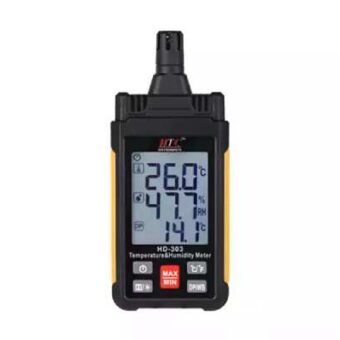After all, portions of overhead, such as indirect materials, appear to be variable costs. If Skate increased production from 100,000 units to 125,000 units, these variable costs should also increase. An intermediate flexible budget expands on the basic model by including additional variable costs that don’t directly correlate with revenue but still fluctuate based on business activity. For example, employee benefits or facility maintenance costs might be included here.
It analyses the costs with respect to the variations in the output levels. Consequently, the categorization flexible budget formula of cost takes place under Fixed, Variable and Semi-variable. These budgets are different in different levels of activities, which facilitate the ascertainment of fixation of cost, selling prices, and tendering of quotations.
- After the accounting period, the company realized sales were $12 million.
- Collaborative discussions can often reveal additional factors that might not have been immediately apparent, leading to a more comprehensive understanding of the variances.
- This ensures that your budgets remain relevant and actionable throughout the reporting period.
- It is the calculated difference between the planned or forecast budget against the actual results.
- However, much to the disappointment of Steve and Kira, the overhead budget report reported major overruns.
A static budgeting approach would compare the results at the end of the production period, where the variances cannot be adjusted. This budget is divided into variable cost and fixed cost components, with the variable costs being tied to the number of unit sales of the helmet. The resulting budget is shown in the following table, which notes both budgeted and actual results for the first month of the budget period. After the accounting period, the company realized sales were $12 million. If it adopts a flexible budget approach, the fixed costs of goods sold will remain at $3 million.
Instrument for the assessment of organizational performance
If this is the case, these additional activity measurements can be incorporated into the flexible budget model. The management may also adjust sales prices to achieve the favorable variance provided it doesn’t affect the competitive edge. Budgeting and variance analyses can help management to price the products at an optimum level, meeting the market competitions and covering the production costs. Now that you have your costs, CMR, and BEP calculated, you can proceed to create the flexible budget.
How to calculate flight time
Once the flexible budget is prepared, it’s essential to compare actual results against it. This will help you identify areas where adjustments may be necessary and track your organization’s performance. With an advanced flexible budget, the expenses remain stable at a particular activity level but eventually fluctuate beyond such a level. An advanced flexible budget considers expenditures based on changes in such levels. Once you are already using your budget, ensure to periodically update it with any modifications to the variable cost percentages to make it more accurate.
When preparing a flexible budget, managers are forced to consider the different scenarios and their responses to them. Thus, for a number of different situations, managers will have calculated their costs and revenues. If an unexpected event does occur, changing the level of activity, the management will be better prepared.
Advanced flexible budget
For the past 52 years, Harold Averkamp (CPA, MBA) hasworked as an accounting supervisor, manager, consultant, university instructor, and innovator in teaching accounting online. For the past 52 years, Harold Averkamp (CPA, MBA) has worked as an accounting supervisor, manager, consultant, university instructor, and innovator in teaching accounting online. Take self-paced courses to master the fundamentals of finance and connect with like-minded individuals. Our team of reviewers are established professionals with decades of experience in areas of personal finance and hold many advanced degrees and certifications.
#3. Input Price Variation
For Example, A company has prepared a flexible budget and expects an output of 500 units. Limelight’s advanced forecasting tools make it easy to update flexible budgets as new data becomes available. This ensures that your budgets remain relevant and actionable throughout the reporting period.
Its combination of automation, collaboration, and advanced analytics empowers businesses to adapt quickly to changes, optimize resources, and make data-driven decisions. Whether you’re navigating market fluctuations or planning for future growth, Limelight ensures your budgets remain a reliable tool for success. Though time-intensive to prepare, an advanced flexible budget provides the most precise insight into financial performance. It is best suited for large organizations or businesses operating in highly volatile environments.
- A flexible budget adjusts based on changes in actual revenue or other activities.
- For example, suppose a proposed sale of items does not occur because the expected client opted to go with another supplier.
- Consequently, the categorization of cost takes place under Fixed, Variable and Semi-variable.
- If the factory works hrs in a particular month, the allowances @ $0.61 will come put to be $9,760, which is not correct.
- A flexible budget aids in variance analysis after comparing the company’s actual results.
The activity level here may refer to different cost drivers affecting the variable costs such as labor hours, direct materials, or sales commission, etc. A flexible budget adjusts based on changes in actual revenue or other activities. The result is a budget that is fairly closely aligned with actual results. This approach varies from the more common static budget, which contains nothing but fixed expense amounts that do not vary with actual revenue levels. Static budgets are suitable for organizations operating in stable conditions, whereas flexible budgets are essential for businesses experiencing fluctuating activity levels or unpredictable expenses.



